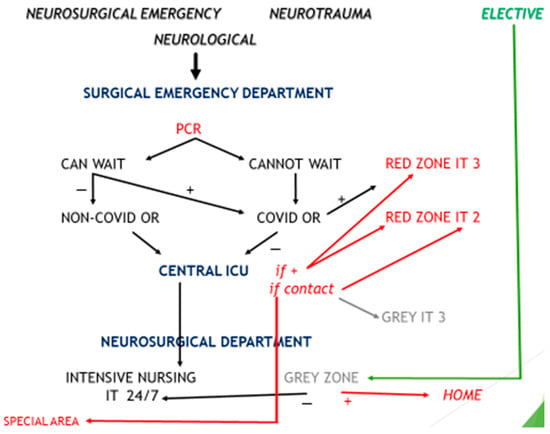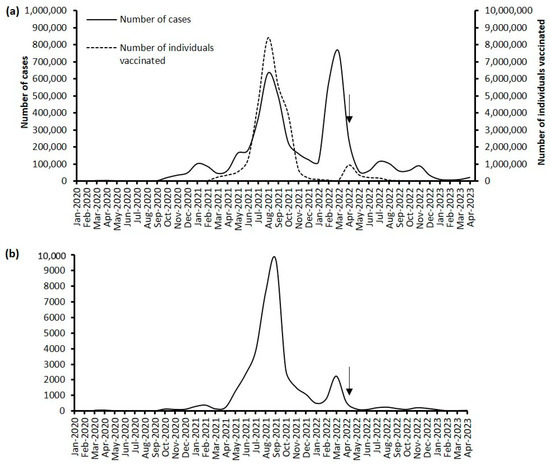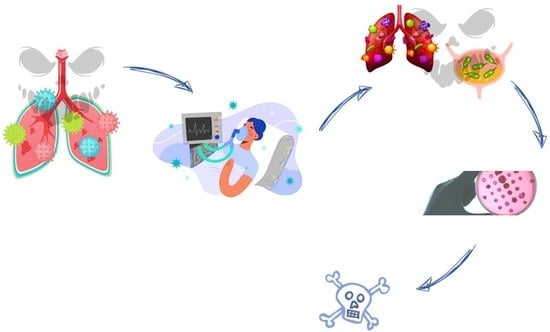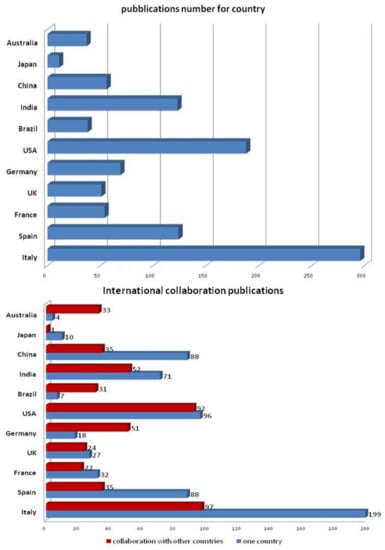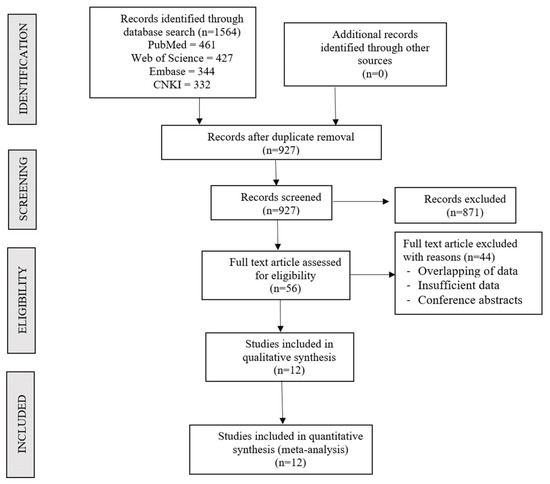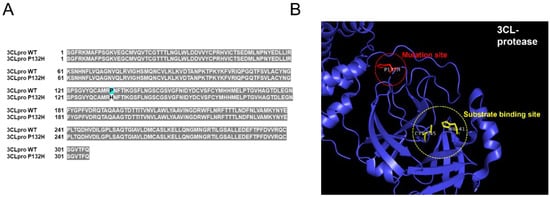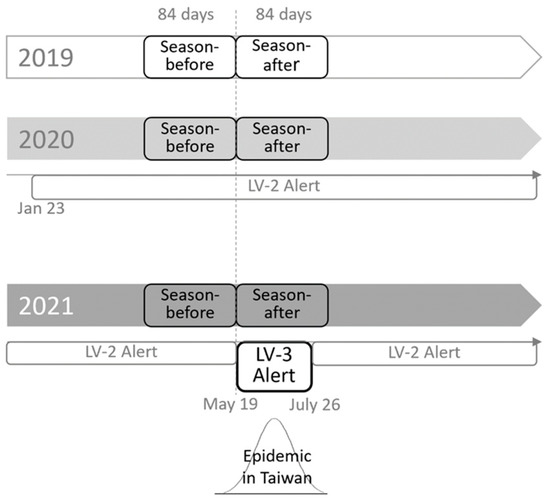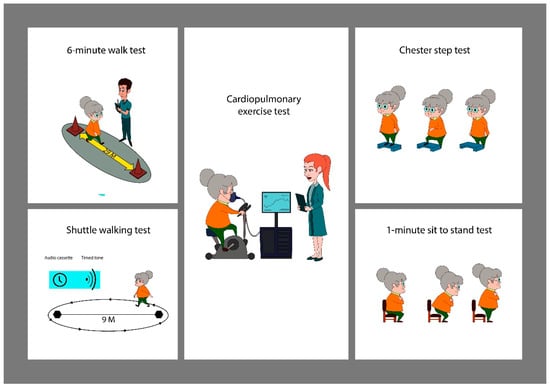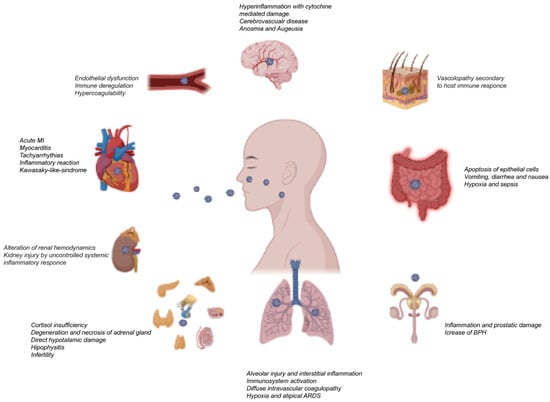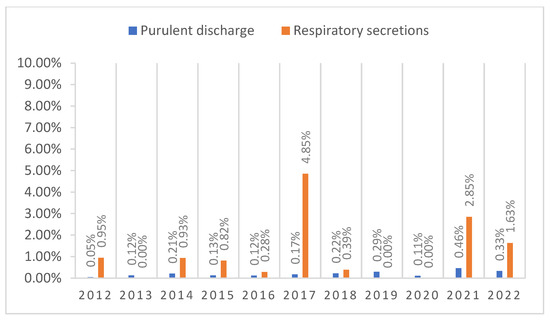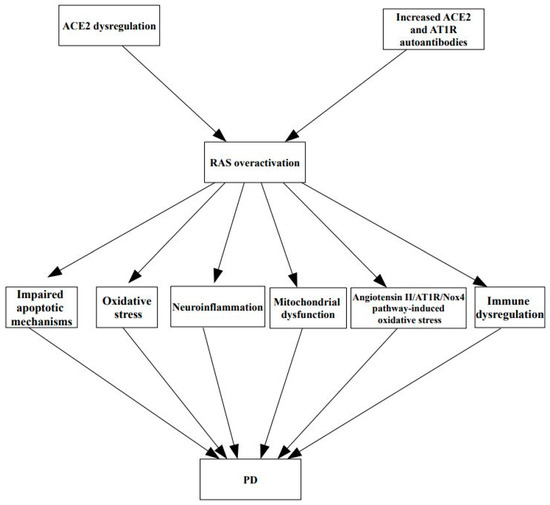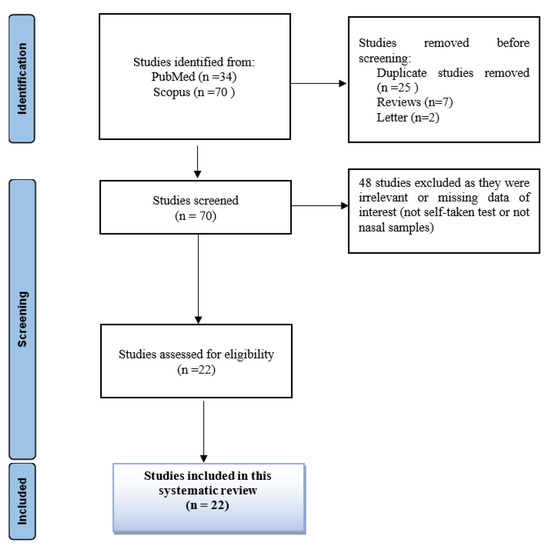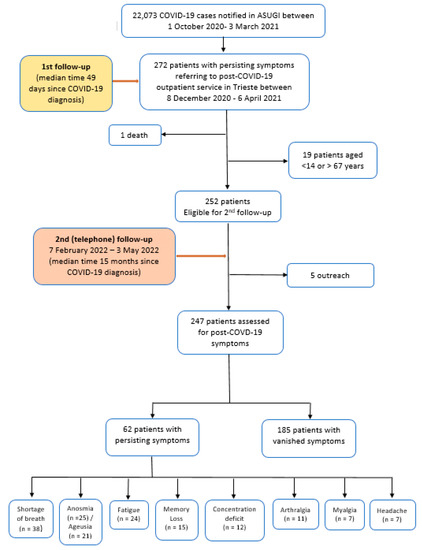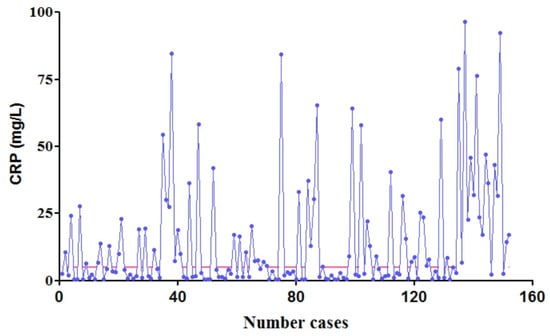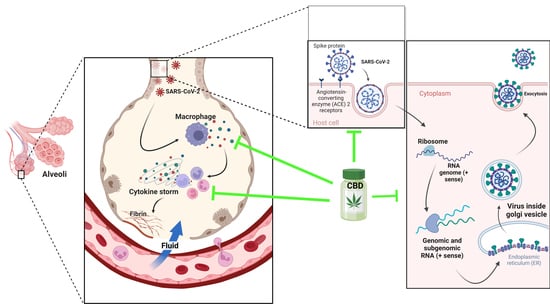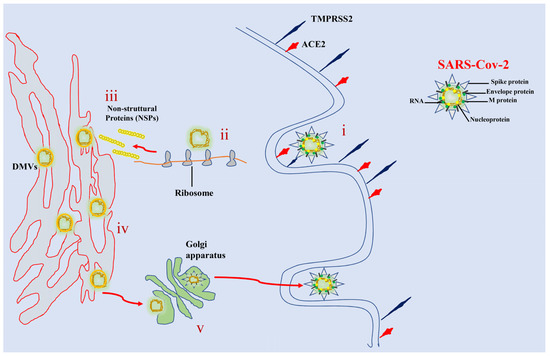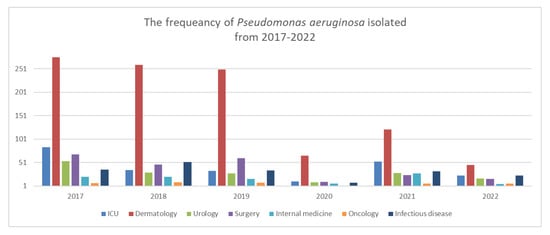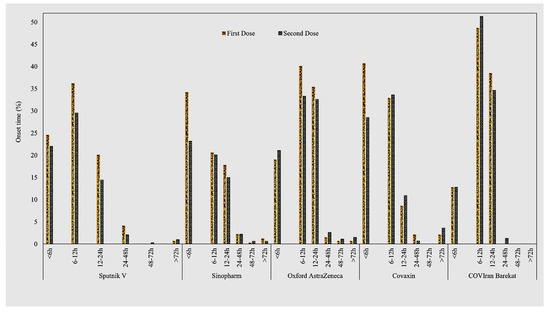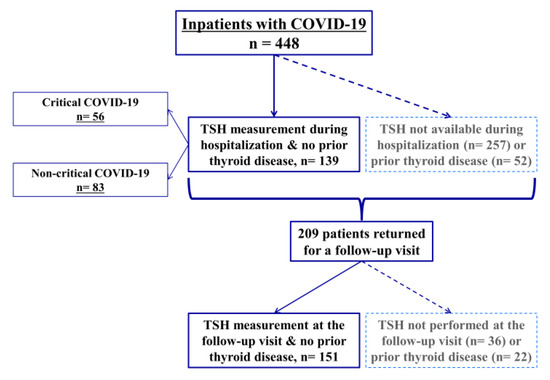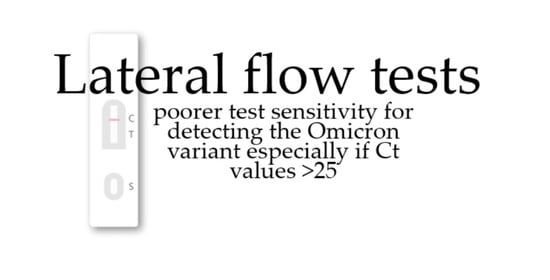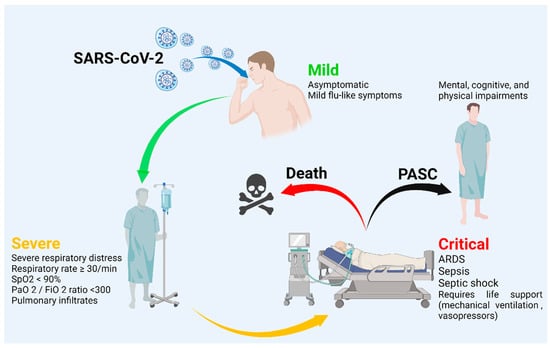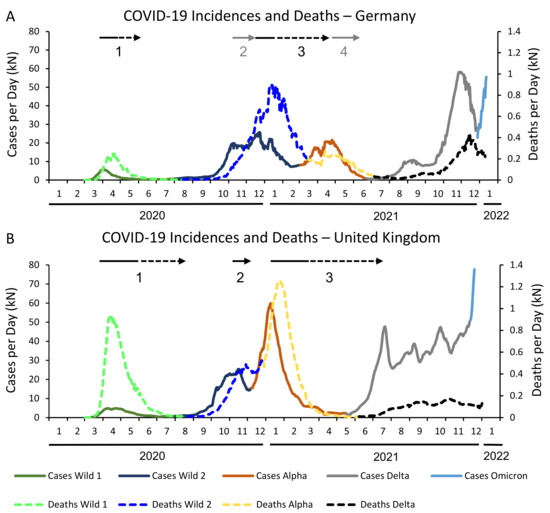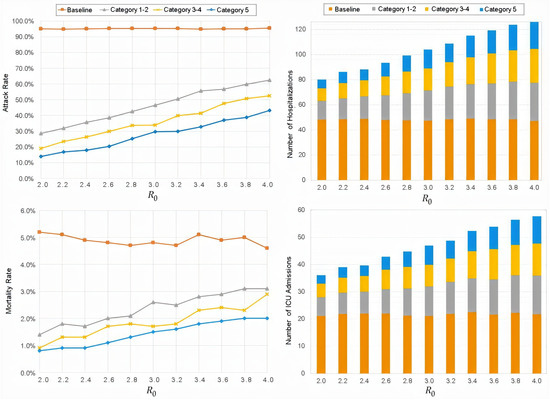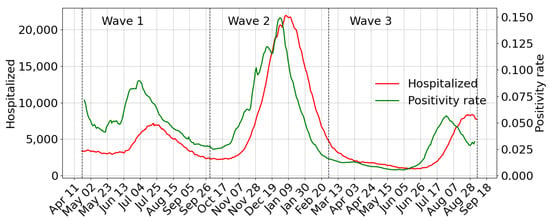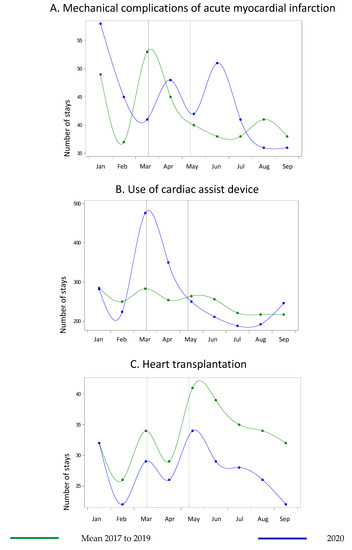COVID-19 and Life
A topical collection in Life (ISSN 2075-1729). This collection belongs to the section "Epidemiology".
Viewed by 110009Editor
Interests: infectious diseases; epidemiological, virological, and clinical characteristics of hepatitis viruses (A, B, Delta, and C) infection; HIV infection; AIDS; hospitalization-associated infections; SARS-CoV-2 infection
Special Issues, Collections and Topics in MDPI journals
Topical Collection Information
Dear Colleagues,
Highly pathogenic coronavirus SARS-CoV2 infection is spreading worldwide, causing the COVID-19 disease. The wide spread of COVID-19 has had a significant negative impact on many important diseases and human on wellbeing.
Life is committed to the rapid review and publication of research findings and data that could inform the public health response to the coronavirus (COVID-19) pandemic.
This collection proposes to encompass translational approaches in COVID-19 pathology, diagnostics, clinical presentation, risk factors for severe desease, therapeutic target identification and drug development towards patient treatment.
Prof. Dr. Nicola Coppola
Collection Editor
Manuscript Submission Information
Manuscripts should be submitted online at www.mdpi.com by registering and logging in to this website. Once you are registered, click here to go to the submission form. Manuscripts can be submitted until the deadline. All submissions that pass pre-check are peer-reviewed. Accepted papers will be published continuously in the journal (as soon as accepted) and will be listed together on the collection website. Research articles, review articles as well as short communications are invited. For planned papers, a title and short abstract (about 100 words) can be sent to the Editorial Office for announcement on this website.
Submitted manuscripts should not have been published previously, nor be under consideration for publication elsewhere (except conference proceedings papers). All manuscripts are thoroughly refereed through a single-blind peer-review process. A guide for authors and other relevant information for submission of manuscripts is available on the Instructions for Authors page. Life is an international peer-reviewed open access monthly journal published by MDPI.
Please visit the Instructions for Authors page before submitting a manuscript. The Article Processing Charge (APC) for publication in this open access journal is 2600 CHF (Swiss Francs). Submitted papers should be well formatted and use good English. Authors may use MDPI's English editing service prior to publication or during author revisions.
Keywords
- Coronavirus
- COVID-19
- SARS-CoV-2
- detection
- pathophysiology
- molecular mechanism
- clinical presentation
- treatment
- drugs
- therapies
- susceptibility
- critical
- patient
- data
- pandemic






